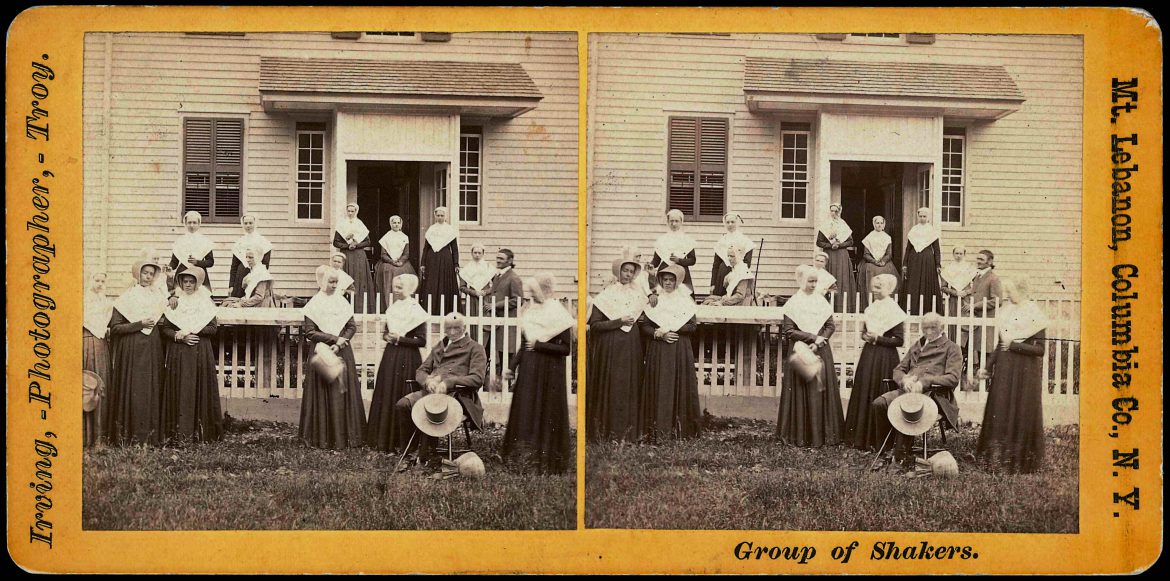
Fig. 2: Group of Shakers, [North Family, Mount Lebanon, NY], ca. 1871, Shaker Museum |Mount Lebanon: 1951.4391.1. James Irving, photographer.
The last blog post addressed the value of carefully assessing apparent duplicate copies of hand-printed photographs. At the discretion of the photographer, slightly different parts of a negative might be printed, resulting in two photographs that at first appear to be identical but may, in fact, contain different information. This was common, especially during the early years […]
The last blog post addressed the value of carefully assessing apparent duplicate copies of hand-printed photographs. At the discretion of the photographer, slightly different parts of a negative might be printed, resulting in two photographs that at first appear to be identical but may, in fact, contain different information. This was common, especially during the early years of stereographic photographs.
An additional stereograph in which this is apparent also provides an opportunity to look at how written documentation can be used to narrow down a possible date for a photograph and an opportunity to think about how much influence the Shakers had some on the photographs that a photographer was allowed to take.
![Group of Shakers, [North Family, Mount Lebanon, NY], ca. 1871](https://shakerml.org/wp-content/uploads/2018/09/fig-11-1024x501.jpg)
Fig. 1: Group of Shakers, [North Family, Mount Lebanon, NY], ca. 1871, Hamilton College, Special Collections, Shaker Stereographs. James Irving, photographer.
![Group of Shakers, [North Family, Mount Lebanon, NY], ca. 1871](https://shakerml.org/wp-content/uploads/2018/09/fig-21-1024x509.jpg)
Fig. 2: Group of Shakers, [North Family, Mount Lebanon, NY], ca. 1871, Shaker Museum |Mount Lebanon: 1951.4391.1. James Irving, photographer.
![Group of Shakers, [North Family, Mount Lebanon, NY], ca. 1871](https://shakerml.org/wp-content/uploads/2018/09/fig-31-1024x500.jpg)
Fig. 3: Group of Shakers, [North Family, Mount Lebanon, NY], ca. 1871, Shaker Museum | Mount Lebanon: 1953.6113.1. James Irving, photographer
An article in the July 2008 issue of American Communal Societies Quarterly, published by the Richard W. Couper Press at Hamilton College, discussed a stereograph (Fig. 1) titled “Group of Shakers” created by James Irving, an itinerant photographer from Troy, New York. The stereograph depicts seventeen members of the Mount Lebanon North Family posed in front of the sisters’ entrance of the First Dwelling. In the discussion, the writer makes a valiant effort to identify all of the Shaker brothers and sisters pictured in the image. This stereograph includes Sister Catherine Allen standing at the far left in both of the images. In a copy of this stereograph in the Shaker Museum | Mount Lebanon collection (Fig. 2) Sister Catherine Allen appears at the far left of the left-hand image but only a slight glimpse of her shoulder is included in the right-hand image. In yet a third version of this stereograph (Fig. 3), the photographer printed the image in such a way as to exclude all but the slightest sliver of Sister Catherine’s cheek and shoulder. It is printed, however, to show more of the vertical height of the First Dwelling House and less of the grass in the foreground – apparently an artistic decision.
Hamilton College dates this stereograph to 1871. It certainly was made between August 1869, the time when James Irving first photographed Mount Lebanon, and 1873, when several of the Shakers pictured either left the Church or passed away. One piece of documentary evidence possibly substantiates the 1871 date. With the identification of the Shakers in the photograph it becomes apparent that three of the four members of the North Family’s Elders’ Order are present – Eldress Antoinette Doolittle, her assistant Sister Anna White, and Brother Daniel Offord (missing is Elder Frederick Evans). In June, 1871, the Lebanon Ministry “opened the gift” that Elder Frederick should go on a missionary journey to England. He left his home at the North Family on June 19 that year and did not return until early September. It seems highly likely that Elder Frederick would have been included in this “Group of Shakers” had he been available. It may be that Richard Bushnell – seated with his hat on his knee – was included in the photograph as a “stand-in” for Elder Frederick since he had been Evans’s predecessor as family elder. In support of the possibility that this photograph was made during Elder Frederick Evans’s absence is the fact that a North Family journal noted that on July 10, 1871, “Irvin[g] the Troy Photographer and woman are here.” If Bushnell is considered as Elder Frederick’s “stand-in” then it is also interesting to note that all four of the Shakers who were or had been members of the Elders Order are seated – three behind the fence and Bushnell in front of the fence – while all the other Shakers are standing. The seating arrangement – Eldress Antoinette Doolittle seated behind the fence on the far left is facing Sister Anna White, her helpmate, and Brother Daniel Offord is seated on the far right behind the fence facing the spot where one can imagine Elder Frederick could have been seated to complete the vignette. The interesting question arising from this arrangement is whether the Shakers orchestrated the seating arrangement or Irving understood the Shakers’ leadership system and knew the family members well enough to make the seating decision.